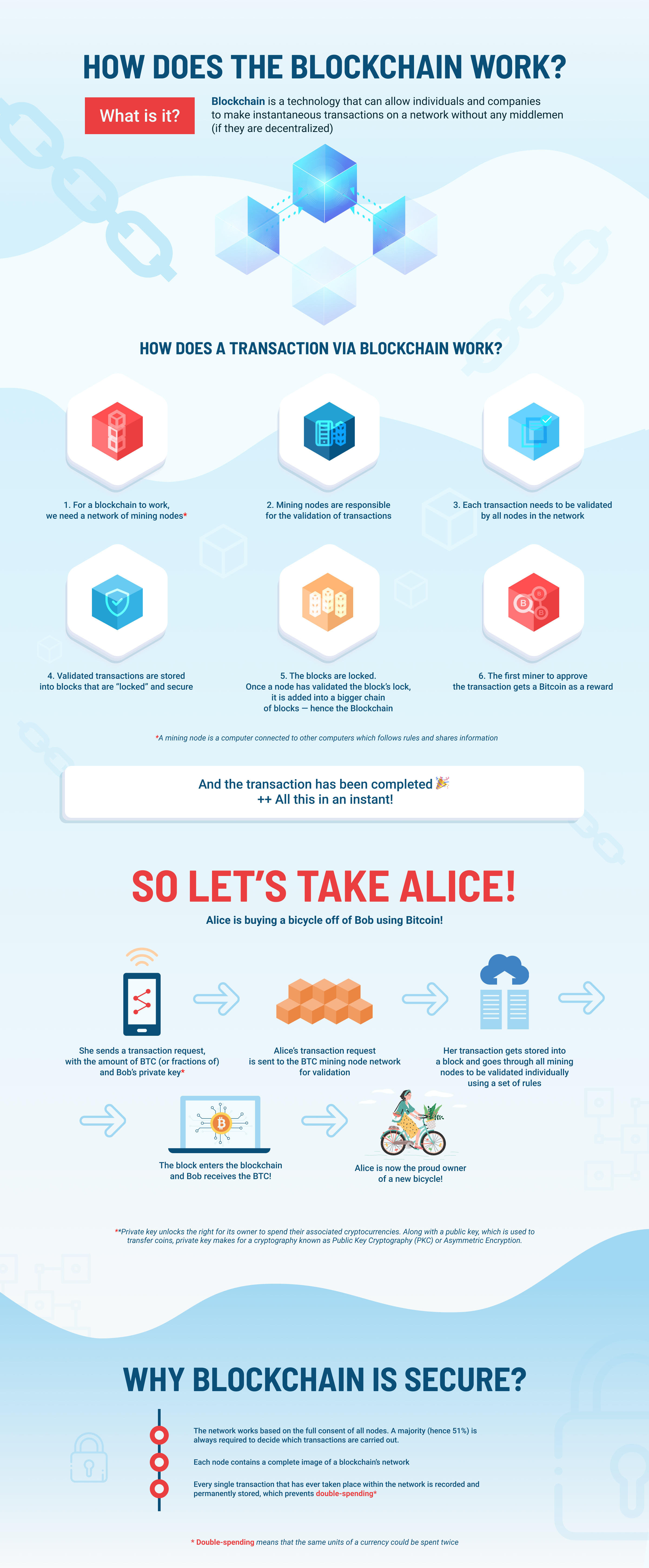🧑💻 At this point, the term “cryptocurrencies” has become so puffed up that almost everyone has heard of it. Nevertheless, hardly every user has a complete picture of how cryptocurrencies work and how one can use them to their advantage.
So it pays to take a while and bone up with the top financial trend of this decade.
What are cryptocurrencies after all?
Primarily regarded as a digital currency, crypto has many facets to it. For one, cryptocurrencies can be defined as a digital currency based on computer code. At this point, the crypto markets swarm with diverse digital currencies. That said, the most popular and widely used currency is Bitcoin. Though bringing new features to the table, all cryptocurrencies have one common property – full decentralization. That means crypto is free from any government regulation and manipulation. All of them function based on P2P Internet protocols.
Another metier assumed by cryptocurrency is a payment system based on blockchain.
So what is blockchain after all?
Blockchain is a digital ledger, consistent with a chain of blocks, storing transaction data. Sounds somewhat intricate? Well, it is not when it comes to real-life practice. Once a transaction is committed within the ledger, its data is automatically transmitted to the blocks, which are intertwined into chains.

What are the disruptive features of cryptocurrencies?
As already mentioned, digital currencies do not have a regulatory body over them, which stands for their primary and most stellar feature, giving way to other specifications. For instance, unlike conventional currencies, digital currencies are not just entries into a database. The thing is that crypto databases cannot be invisibly altered by anyone by any rules you do not know.
The key to such security is unbreakable encryption based on strong cryptography. In the case of cryptocurrencies, dataw protection is ensured by mathematical algorithms, excluding any human factor.
This is what makes crypto a more valuable and competitive asset than conventional currencies. But what else does crypto has to offer?
🔵 Speed of transactions
Confirmed in seconds, blockchain-based transactions are instantaneous.
🔵 Global coverage
The space for crypto transactions is boundless. Crypto transactions are carried out in a worldwide network, that differs from the user’s location. You can send digital and receive them from anywhere in the world.
🔵 One-of-a-kind security
Crypto funds are stored securely in a system. The access to the system is only possible via an owner’s private key. Crypto coins are protected by strong cryptography and numbers that are impossible to crack.
So how do cryptocurrencies work after all?

Transactions take place between peers in a digital ledger (blockchain). All users making up the chain have access to the ledger, in case they download a full node wallet. While the transactions’ data remain public, the private accounts of users are encrypted. Crypto funds are sent from one digital wallet to another using a private and public password. After that, transactions are queued to be added to the ledger and be encrypted into the blocks.
Besides all the highs and lows that crypto has been facing, one can’t deny that it is here to stay. So whether you are planning to deeply immerse in the crypto world or simply dip your toe into the subject, it pays to know how crypto operates. The world of economic freedom is around the corner.


